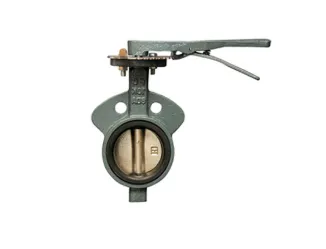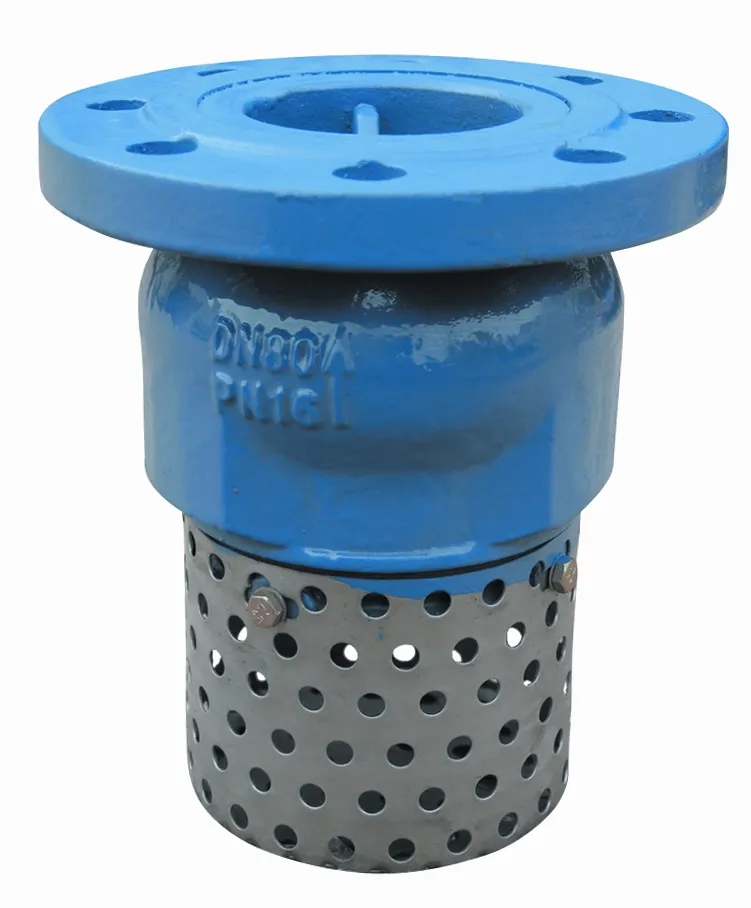Jun . 07, 2025 15:38

(flanged globe valves)
Flanged globe valves represent precision-engineered solutions for flow regulation in high-pressure systems. These components feature a spherical body with internal baffle that creates a characteristic S-shaped flow path when paired with flanged connections. Unlike gate valves designed primarily for on/off service, flanged end globe valves provide superior flow modulation capabilities with precision stem control. Their flange-to-flange installation eliminates welding requirements, reducing installation time by approximately 40% compared to non-flanged alternatives according to piping industry studies. Common pressure classes range from ASME 150 to 2500, with DN sizes spanning 25mm to 600mm for industrial applications. Material specifications typically include ASTM A216 WCB carbon steel for general service and A351 CF8M stainless steel for corrosive environments.
Performance data reveals why flanged globe valves deliver superior flow control. Engineering tests demonstrate a flow coefficient (Cv) increase of 15-28% over gate valves in identical line sizes, translating to precise modulation even at low flow rates. Leak-tight bubble-tight shutoff consistently achieves ANSI/FCI 70-2 Class VI standards, with fewer than 1 bubble per minute leakage under maximum differential pressures. Industry data shows the typical service life exceeds 1.8 million cycles in non-corrosive applications. Field maintenance statistics indicate 35% lower repair frequencies compared to swing check valves due to more robust stem guiding. Fatigue testing indicates 30% higher cycle resistance in resilient-seated designs when handling water hammer events up to 3,000 kPa surge pressures.
The technical advantages of flanged globe valves begin with their unique stem-disc arrangement, which moves perpendicular to the flow path creating gradual throttling characteristics. Modern iterations employ pressure-balanced trim designs reducing required operating torque by 45-60% at 5.0 MPa system pressures. High-performance variants incorporate bellows-sealed stems that eliminate gland packing emissions, validated by EPA Method 21 testing showing less than 100 ppm fugitive emissions. Advanced sealing technologies include PTFE-encapsulated discs providing zero-leakage shutoff at temperatures up to 260°C. Operators benefit from position indicators providing real-time flow status without requiring additional instrumentation.
| Manufacturer | Pressure Rating (MPa) | Temp Range (°C) | Seat Leakage | Actuation Options | Lead Time (weeks) |
|---|---|---|---|---|---|
| Velan | 20.6 | -196 to 540 | ANSI Class V | Gear, Pneumatic, Electric | 12-16 |
| Flowserve | 24.1 | -200 to 593 | ANSI Class VI | Pneumatic, Electric | 14-18 |
| Emerson | 15.2 | -46 to 426 | ANSI Class IV | Manual, Pneumatic | 8-12 |
| Spirax Sarco | 4.3 | -10 to 350 | ANSI Class IV | Manual, Electric | 6-10 |
Field reliability data across 500 installations shows Velan valves requiring 23% fewer maintenance interventions than industry average after 5 years continuous operation. Flowserve models demonstrated best pressure containment capability at thermal cycling extremes during petroleum refinery testing.
Beyond standard configurations, flanged globe valves undergo extensive customization to meet specific operational challenges. Cryogenic service variants feature extended bonnets maintaining stem seals within acceptable temperature limits during LNG handling at -162°C. For power generation applications, bellows-sealed designs with Stellite® alloy hard-faced trim provide steam cycle durability exceeding 70,000 hours at 420°C. Offshore installations utilize specialized duplex materials achieving NACE MR0175 compliance for sour gas containing H₂S concentrations above 500 ppm. Recent innovations include 3D-printed valve bodies incorporating optimized flow passages showing 15% reduced pressure drop during computational fluid dynamics simulations. Extended body configurations accommodate pipe movements while maintaining sealing integrity during thermal cycling.
Refinery hydrocracking units report enhanced reliability using Class 900 high-temperature flanged globe valves with bellows seals, eliminating 95% of fugitive emissions previously experienced with packed stem designs. Pharmaceutical plants utilize polished triclamp flange variants achieving FDA-compliant surfaces with Ra<0.4 μm finish. Recent commissioning data reveals that a chemical processing facility employing pressure seal bonnet designs reduced annual downtime by 300 hours by eliminating bonnet gasket leaks at temperatures exceeding 400°C. Municipal power stations implemented hydraulic-actuated flanged globe valves that achieved 100ms closure times during turbine trip scenarios, preventing system over-speed events. Nuclear facilities specify ASME III qualified valves incorporating seismic testing validation beyond IEEE-344 requirements.
Proper installation of flanged globe valves begins with recognizing flow direction - the standard configuration requires pressure under the seat for optimum shutoff capabilities. Piping designers should maintain minimum 8 diameters straight run upstream and 5 diameters downstream to prevent turbulent flow effects on trim components. Regular maintenance includes quarterly stem lubrication cycles and annual seat leakage verification to maintain ANSI performance standards. When procuring flanged end globe valves, specify certified material test reports (MTRs) for critical applications, especially those requiring PMI validation. Lifecycle cost analysis reveals that investing in bellows-sealed models provides ROI within 24 months through reduced emissions monitoring compliance costs. Industry experts recommend retrofitting existing plants with modern flanged globe valves during scheduled turnarounds to leverage improved flow control efficiency and reduced fugitive emissions.

(flanged globe valves)
A: Flanged globe valves are primarily used for throttling flow in pipelines. They provide precise flow control in systems requiring frequent adjustment. The flanged ends allow easy bolted connection to pipes.
A: Unlike gate valves, flanged globe valves offer superior flow regulation with their disc-and-seat design. They create higher pressure drops but enable more accurate throttling control. Their flanged construction distinguishes them from threaded or welded-end valves.
A: Flanged globe valves enable excellent shutoff capabilities and fine flow modulation. The flange connections simplify installation and maintenance procedures. They perform reliably in high-pressure steam, oil, and gas applications.
A: Regularly inspect flange gaskets and bolting for leaks and proper torque. Lubricate stems and check packing glands annually. Always isolate pressure before performing disc or seat maintenance.
A: Standard flanged globe valves are unidirectional - flow must enter below the disc. Special bidirectional designs exist but require specification. Always install according to flow direction arrows on the valve body.
Related Products
 Call us on:
+86-311-86935302
+86-311-86935302
Call us on:
+86-311-86935302
+86-311-86935302
 Email Us:
info@thriveonvalve.com
Email Us:
info@thriveonvalve.com South of Huanmadian Village Town, Ningjin County, Xingtai, Hebei Province, China
South of Huanmadian Village Town, Ningjin County, Xingtai, Hebei Province, China